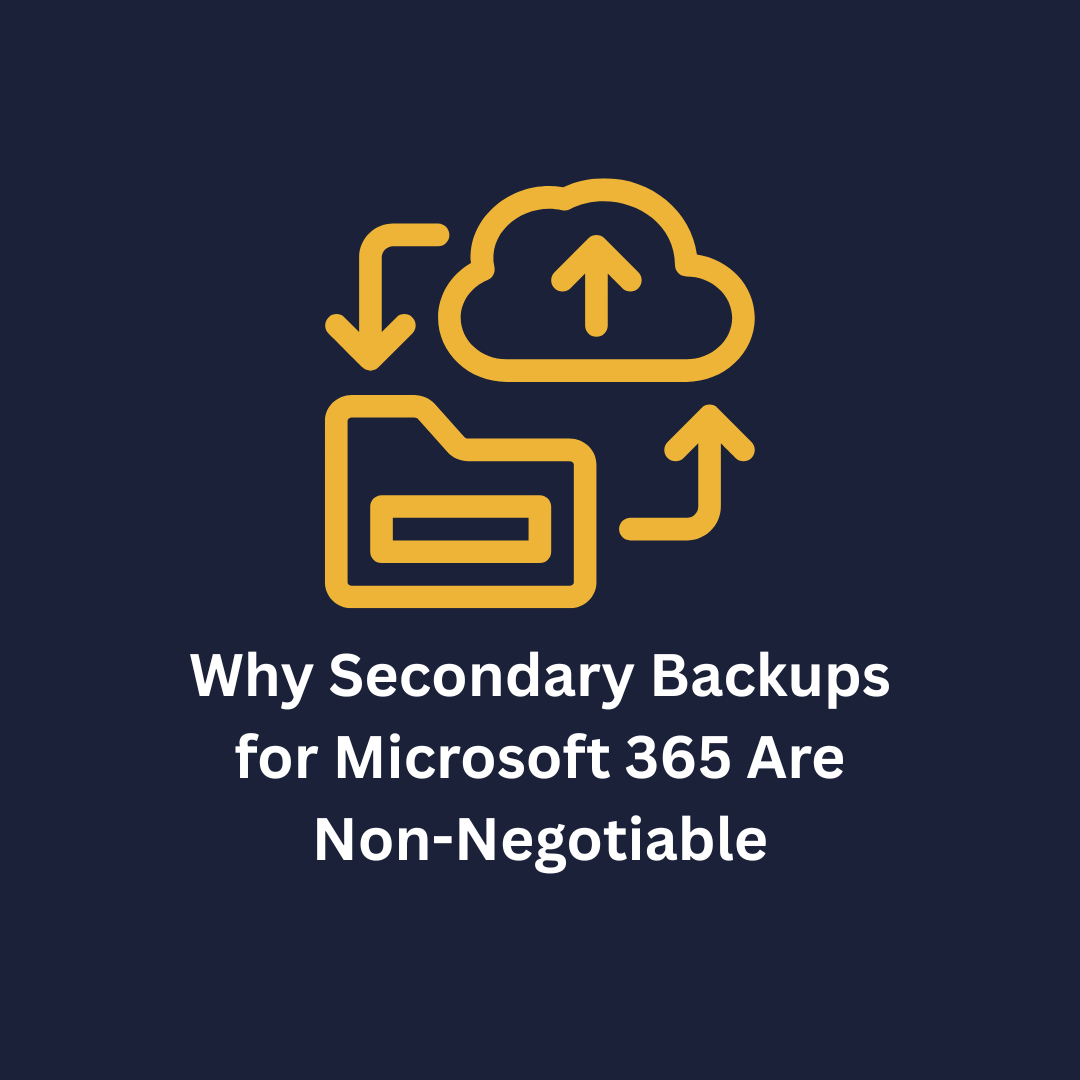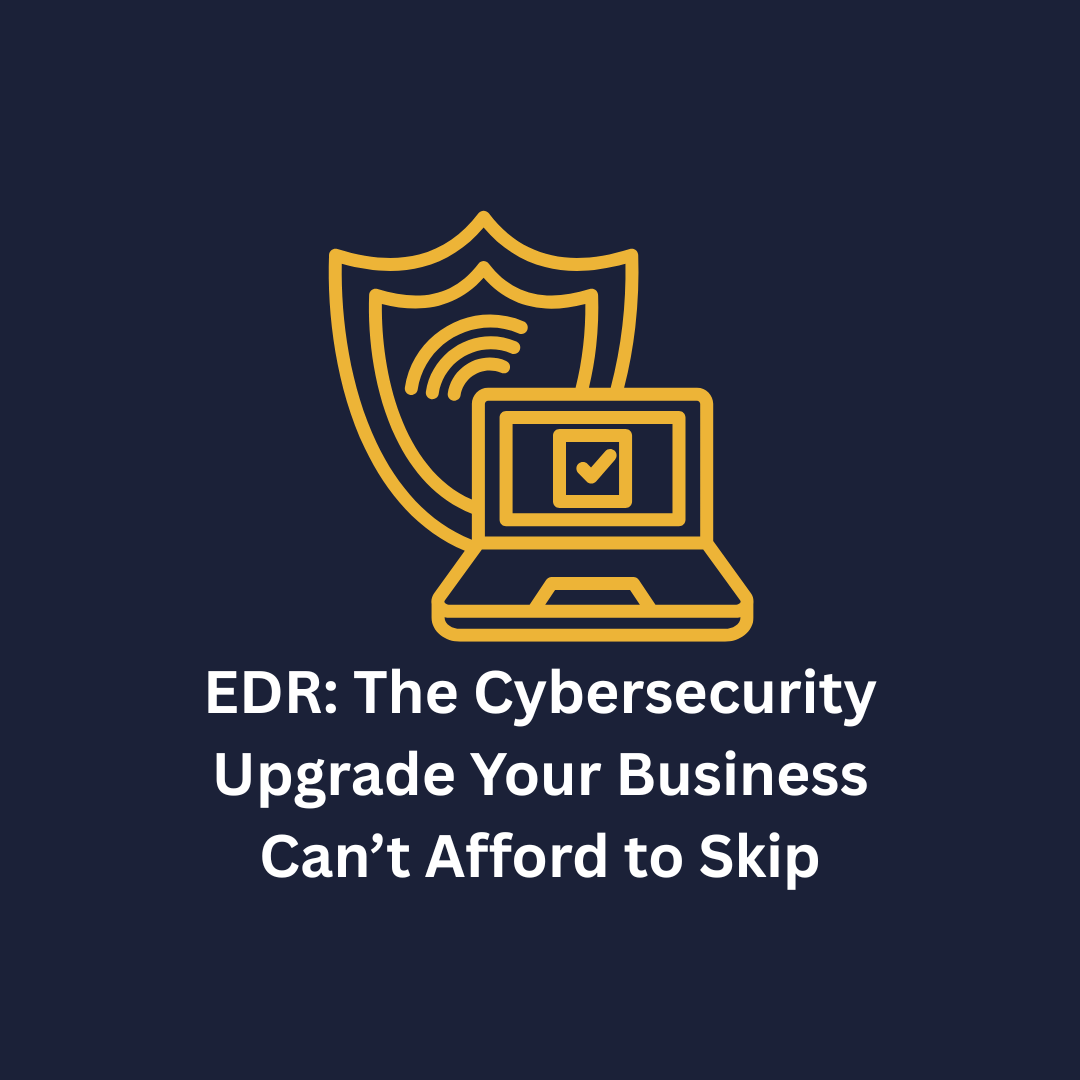Smart IT Budgeting: How to Plan for Tech Without Breaking the Bank
Budgeting for IT isn’t just for enterprise-level companies with deep pockets. Whether you're running a growing small business or managing a lean team, a solid IT budget is critical to staying secure, efficient, and ready for what’s next.
At Honorbound IT, we help businesses in Nebraska, Kansas, and Colorado plan smarter—not just for today’s needs, but for tomorrow’s goals. Here’s what we recommend when building (or reworking) your IT budget.
________________________________________
1. Start with the Reality Check: Where’s Your Money Going?
Before you plan what to spend, figure out what you're already spending. Review the last 12–24 months of IT-related costs and break them into buckets like:
• Hardware (laptops, servers, networking gear)
• Software (licenses, renewals)
• Cloud subscriptions and SaaS tools
• Security (firewalls, antivirus, backups)
• Labor (internal IT, outsourced services, vendors)
You can’t improve what you don’t track. Identifying trends and waste helps you trim the fat and invest with purpose.
________________________________________
2. Make Sure Tech Supports Your Business Goals
Technology should support your strategy, not just sit in the background. If your goal is to scale, automate more, improve client experiences, or beef up security, your IT budget should reflect those priorities.
This means collaborating with department leads to understand their needs—then making tech investments that help everyone move in the same direction.
________________________________________
3. Know the Difference: CapEx vs OpEx
Not all IT costs are created equal. Some are one-and-done. Others are monthly commitments.
• Capital Expenses – One-time purchases like computers, firewalls, or major upgrades
• Operational Expenses – Recurring costs like cloud services, SaaS apps, and IT support subscriptions
Knowing the difference helps with cash flow and tax planning—and gives you the clarity to budget smarter year-over-year.
________________________________________
4. Don’t Skimp on Security
If cybersecurity isn't a visible line in your budget, you're already at risk.
Here’s what smart businesses invest in today:
• Endpoint protection (not just antivirus—real monitoring)
• Firewall maintenance
• Secure cloud backups
• Employee awareness training
• Compliance tools (HIPAA, CMMC, PCI-DSS, etc.)
Cyber threats are evolving fast. Don’t wait to invest in protection until after something goes wrong.
________________________________________
5. Count the Cloud (and Every Subscription)
Between Office 365, Zoom, Dropbox, QuickBooks, CRMs, and specialty apps, cloud subscription costs can quietly stack up.
Use your IT budget to:
• Audit what’s being used (and what’s not)
• Consolidate where possible
• Negotiate with vendors
•Forecast for growth or changes in staff
Don’t let unused tools or “we forgot we had that” costs sneak up on you.
________________________________________
6. Budget for IT Support and Skill Gaps
Whether you’ve got a full-time IT staff or outsource your support, make sure the right people are covered in the budget:
• Salaries or contractor fees
• Helpdesk support or managed services
• Certifications, training, or special project work
• Emergency labor costs
Planning for people is just as important as planning for technology.
________________________________________
7. Prepare for the Refresh Cycle
Outdated tech isn’t just slow—it’s vulnerable. Plan ahead for lifecycle replacement:
• Rotate out old desktops, laptops, and servers
• Budget for end-of-life system replacements (like Windows 10 this fall!)
• Schedule software upgrades or license renewals in advance
Waiting until things break is the most expensive way to manage IT.
________________________________________
8. Don’t Forget the “Uh-Oh” Fund
Set aside 5–10% of your IT budget as a contingency. Whether it's hardware failure, emergency software needs, or a surprise cyberattack—you’ll be glad you planned for the unexpected.
________________________________________
9. Review Contracts and Licenses Every Year
Avoid throwing money at vendors just because you’ve always used them. Review your contracts regularly and ask:
• Are we using everything we’re paying for?
• Can we bundle or switch providers?
• Are there better tools for less?
We help clients spot cost savings all the time—you just must know where to look.
________________________________________
10. Track, Adjust, Repeat
A good IT budget is a living document. Set it. Track it. Adjust it as needed.
• Review actual vs. planned spending quarterly
• Reforecast if major changes hit your business
• Measure ROI on big tech investments
And don’t be afraid to change direction if the tools or costs aren’t making sense anymore.
________________________________________
Let’s Build It Together
If the idea of building or managing your IT budget feels overwhelming, we’re here to help.
At Honorbound IT, we don’t just fix tech—we help you plan smarter, so your IT investments pay off in security, efficiency, and long-term growth.
📞 Call us at 877-686-6642 and let’s build a budget that works for your business, not against it.




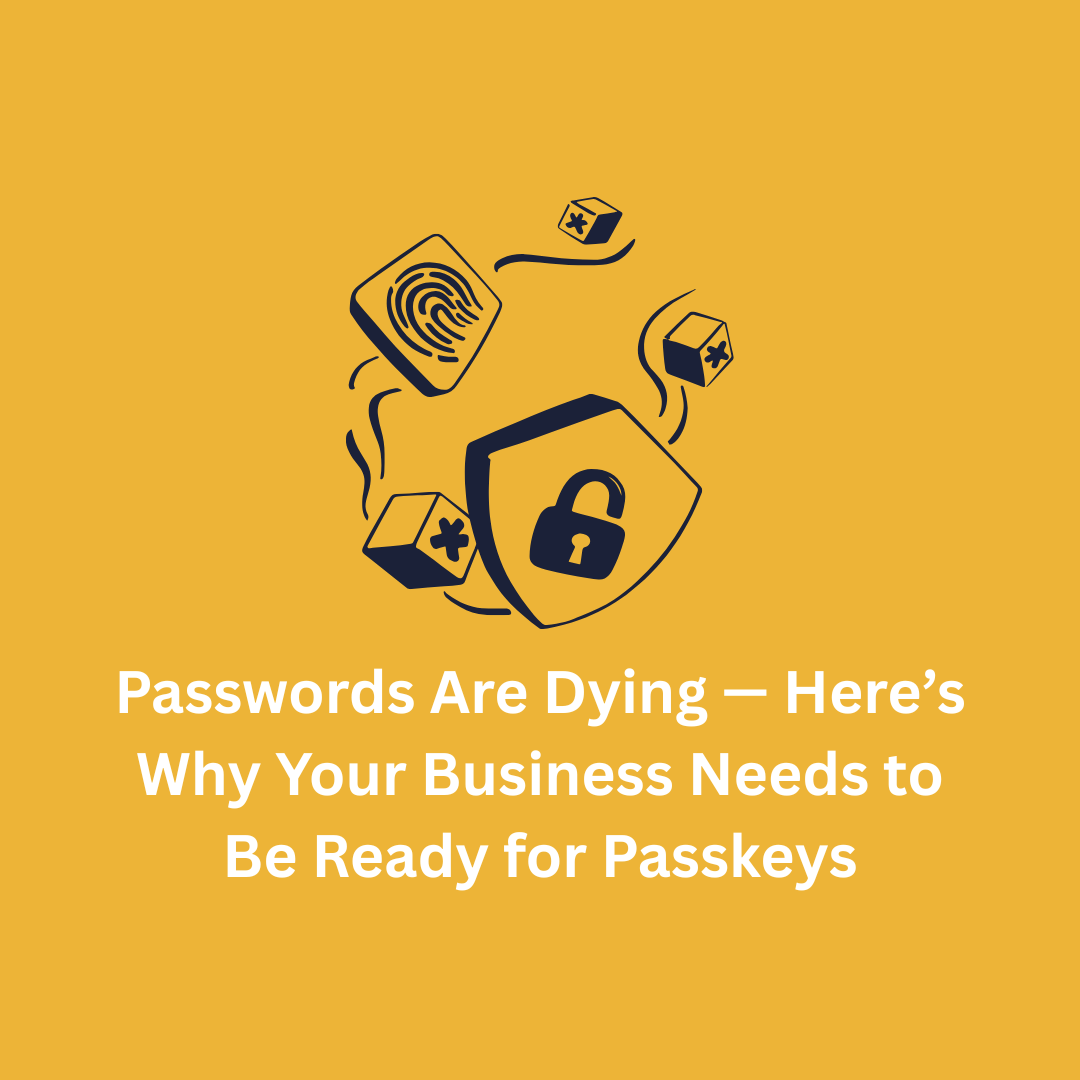
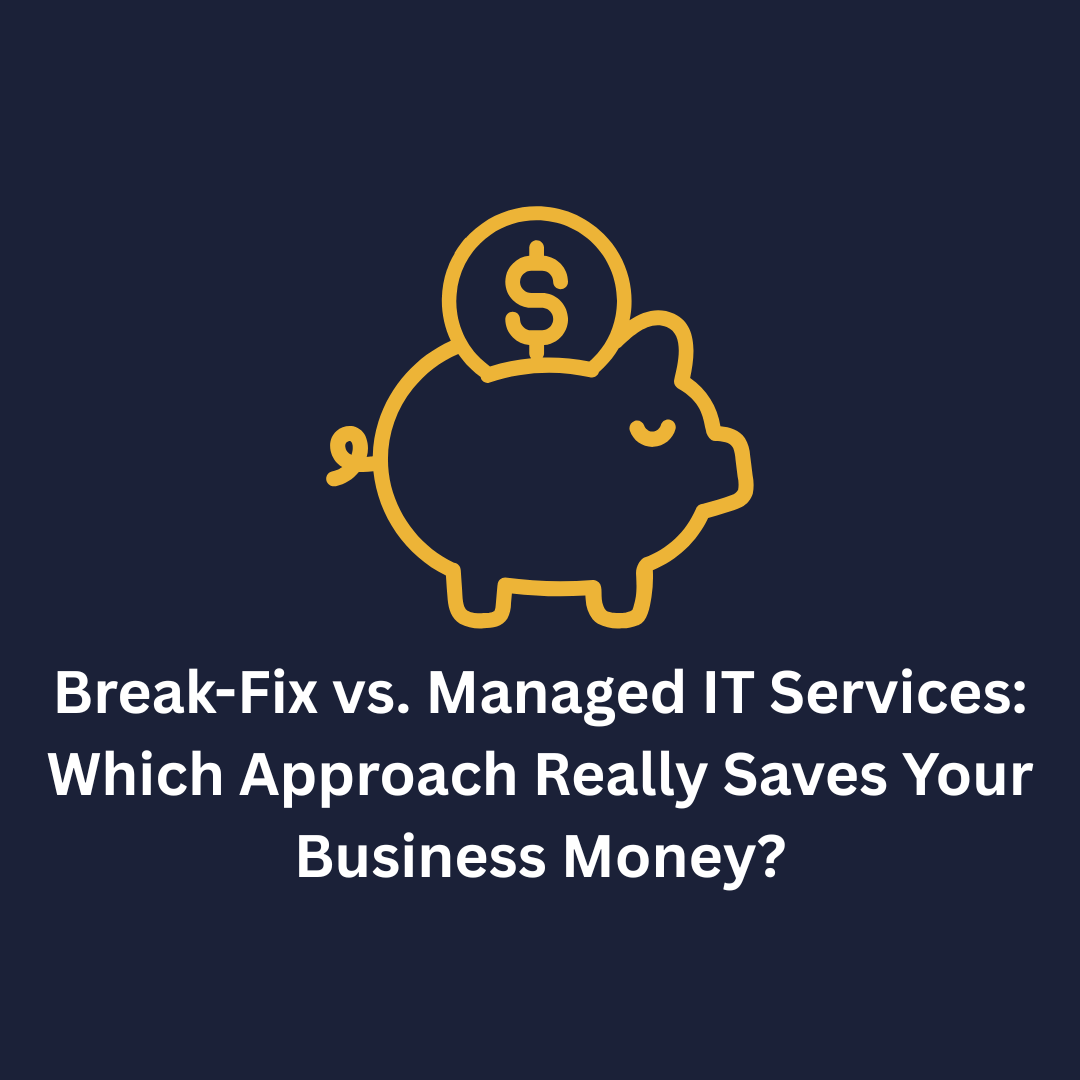


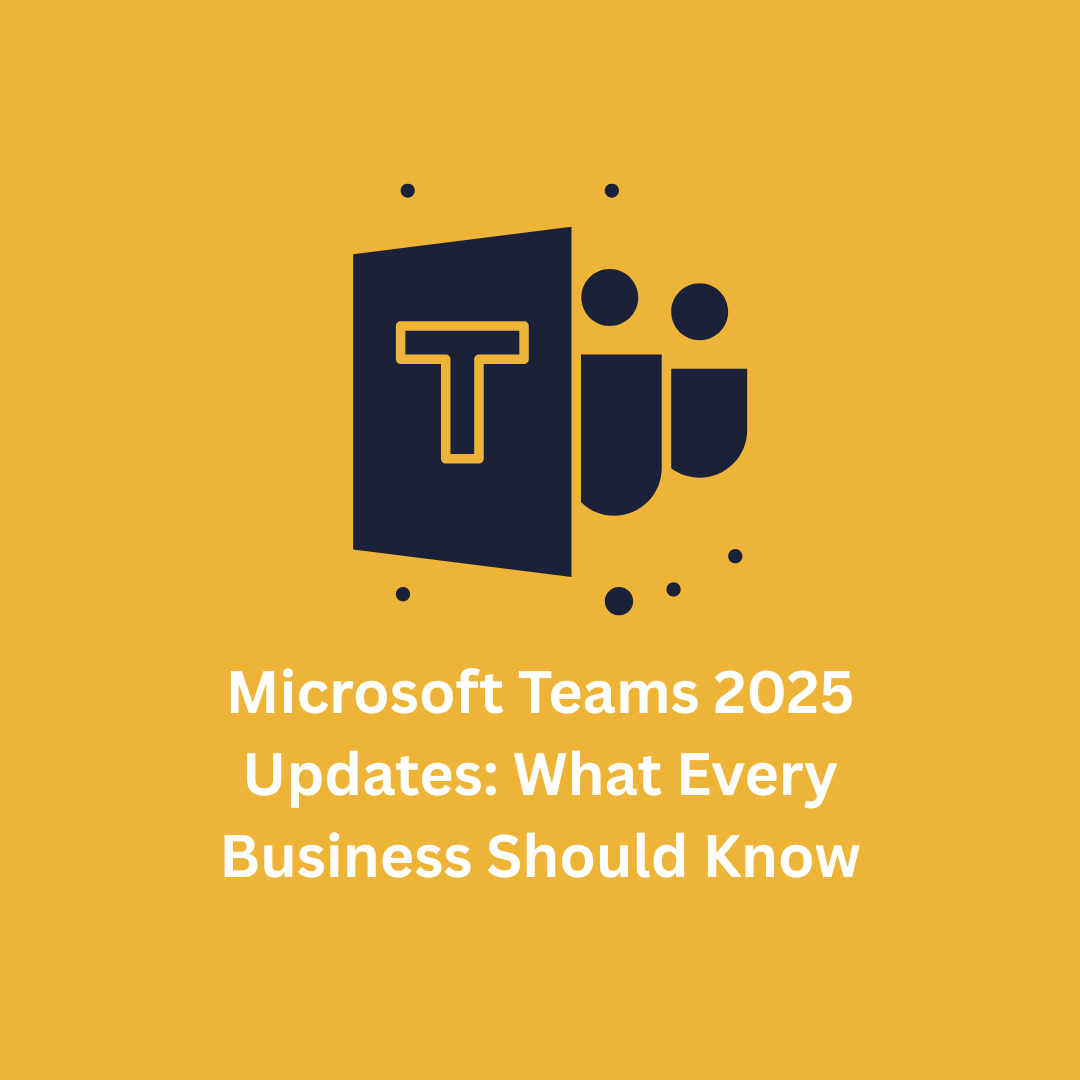
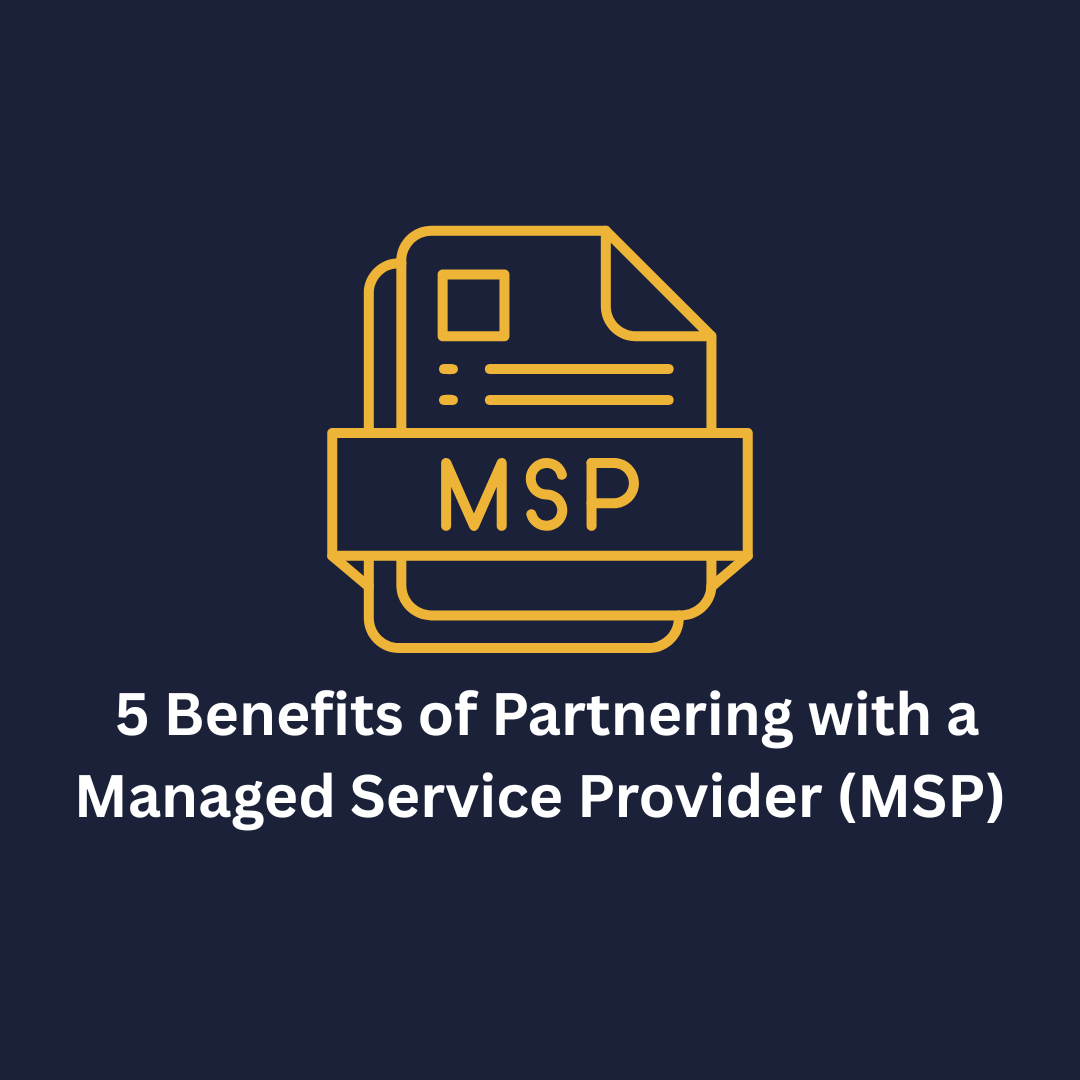
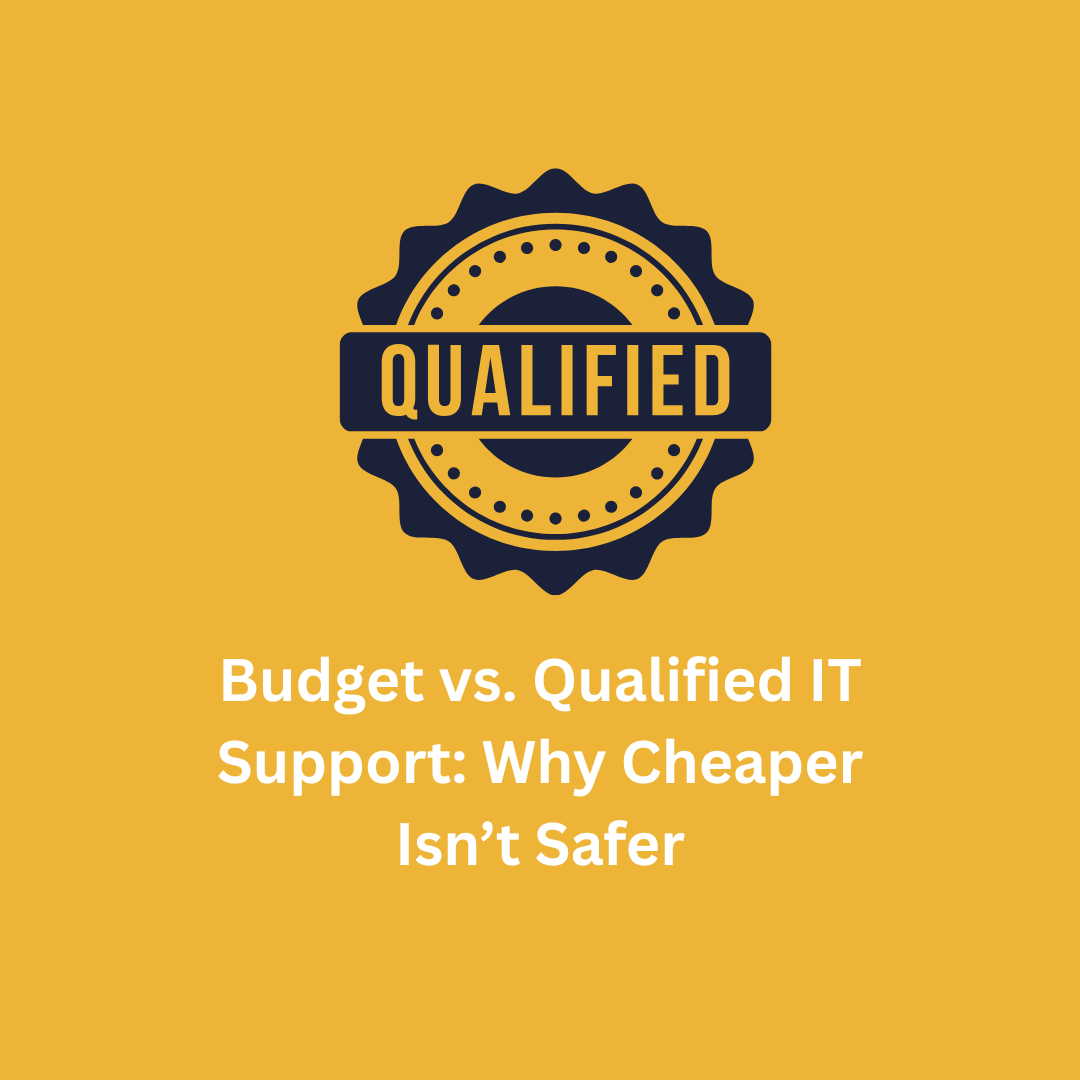



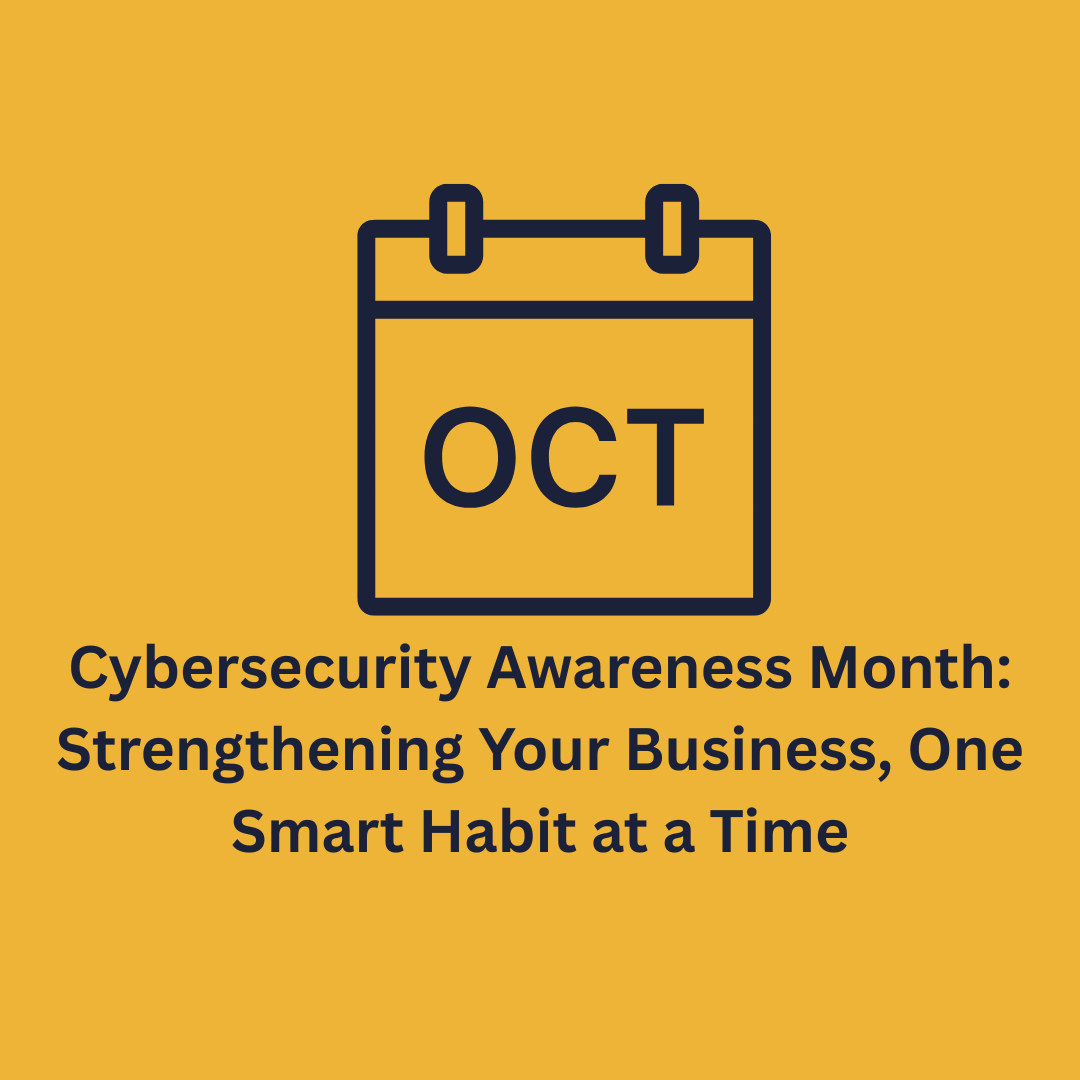
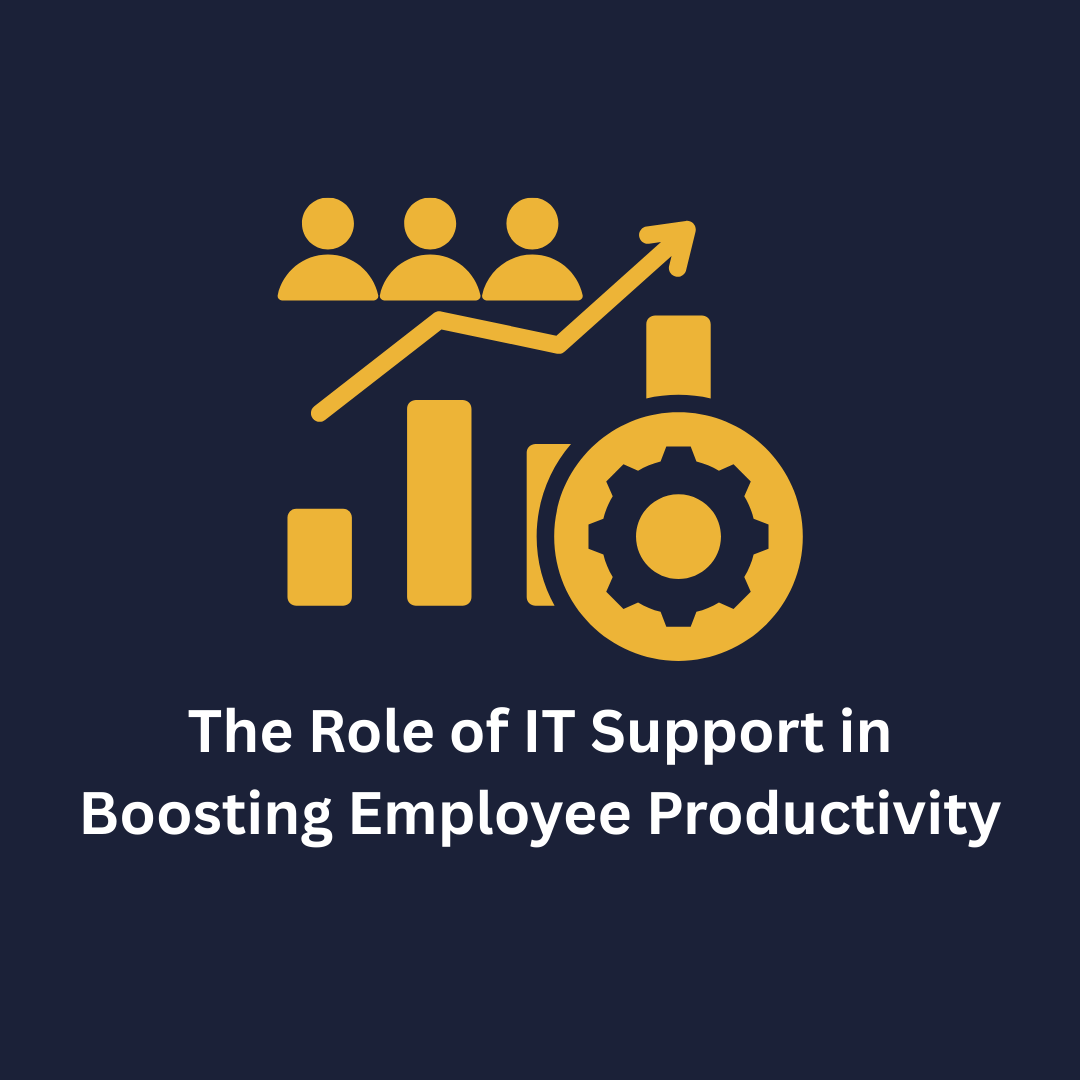



.png)


